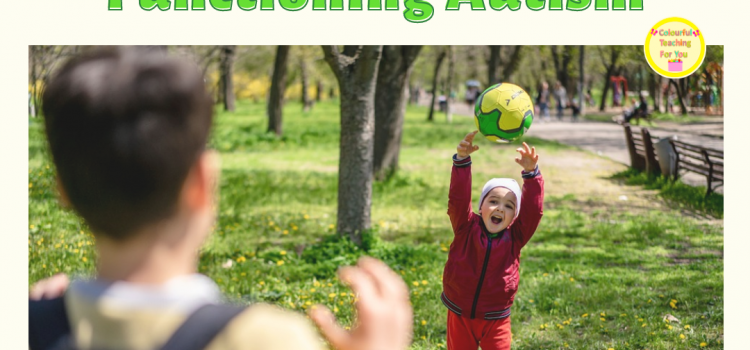4 ways to handle difficult behaviour: find your safe space, learn to take responsibility, model positive behavior, teach conflict resolution.
How to Handle Difficult Behaviour in the Classroom


4 ways to handle difficult behaviour: find your safe space, learn to take responsibility, model positive behavior, teach conflict resolution.

How to teach students to overcome procrastination while studying: the top three, find your space, let’s get groovy, and have a blast.

4 simple and fun kindness activities for your students: deck the board, fill the jar, be the player, and love them all.

4 steps to teach your students about how to set achievable goals: be creative, find your focus, connect with goals, and party it up.

5 ways to help students who have experienced trauma: provide structure, support emotions, develop strengths, be available & counsel students.

5 strategies to teach students who have ADHD: be flexible, minimize distractions, sensory space, hands-on learning, and integrate breaks.

Teach students how to improve their self-esteem: self-acceptance, achieve goals, be grateful, understand limits, and healthy relationships.

How to teach students who have low functioning autism: ideal learning environment, calming space, parent involvement, and support system.

How to teach students who have high functioning autism: visual cues, support buddy, manage, interest driven, using fidgets, and helping hand.

3 musical strategies with examples that will help with transitions: enjoy the chant, sing it out, and break it down.